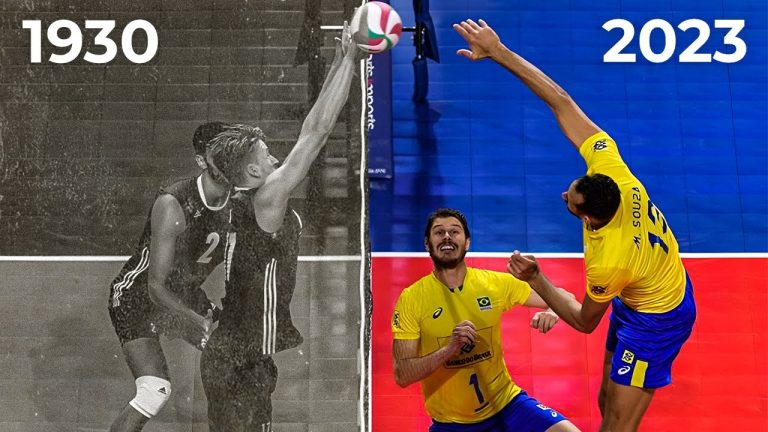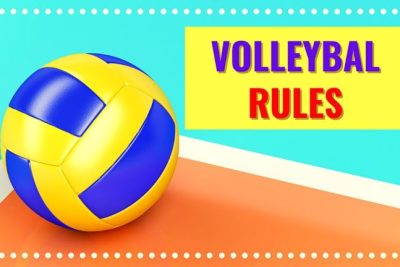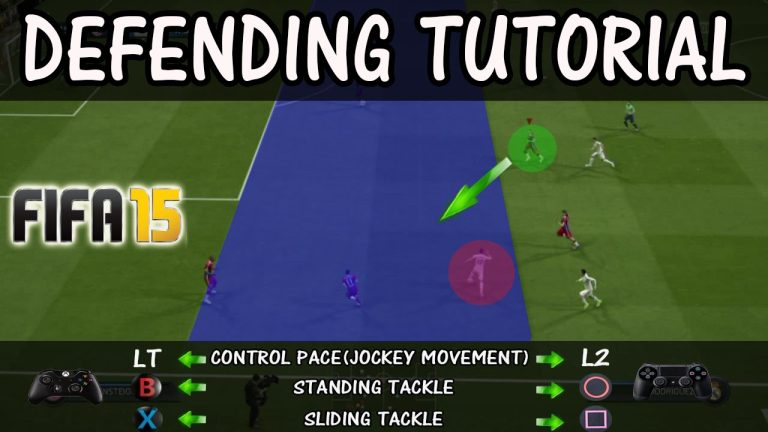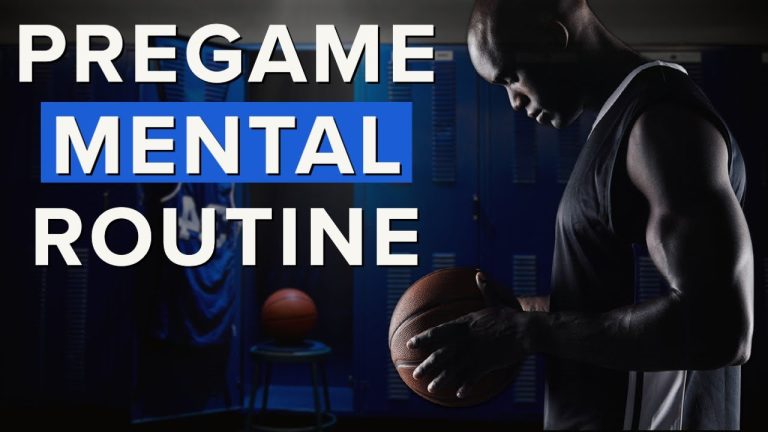Timeouts play a crucial role in the fast-paced game of volleyball, offering teams a chance to regroup, strategize, and gain a competitive edge. These short breaks in the action allow coaches to provide valuable guidance and make necessary adjustments. Whether it’s a momentum shift, a crucial point in the match, or a way to disrupt the opponent’s rhythm, timeout rules bring an element of excitement and anticipation to the game. In this article, we delve into the intricacies of timeout rules in volleyball, exploring how they can be effectively utilized and their impact on the outcome of a match.
How many timeouts can be taken in volleyball?
In the sport of volleyball, teams are granted the opportunity to strategically pause the game with timeouts. According to regulations, each team is allowed to request two timeouts per set. These timeouts serve as crucial moments for coaches to communicate with their players, adjust tactics, and boost team morale. With a duration of just 30 seconds, these timeouts offer a concise yet impactful break in the fast-paced nature of the game, providing teams with the chance to regroup and strategize their next moves.
In the realm of volleyball, timeouts play a pivotal role in shaping the outcome of a match. Teams are granted two timeouts per set, allowing coaches to effectively guide their players and make necessary adjustments. Lasting only 30 seconds, these timeouts offer a brief yet valuable opportunity for teams to reset, reenergize, and refocus on their objectives. With these concise breaks in the action, teams can take advantage of the strategic pause to enhance their performance and potentially turn the tides in their favor.
What does the term timeout mean in the context of volleyball?
Timeout in volleyball is a strategic pause in the game that can be requested by any player during a dead ball or before the referee’s whistle for the serve. It serves as an opportunity for teams to regroup, discuss tactics, and catch their breath. However, it’s important to note that a second timeout request by the same team will result in a penalty, either in the form of a point deduction or a side-out awarded to the opposing team.
During a volleyball match, teams have the option to call a timeout to gather their thoughts, create a game plan, and regain momentum. This brief break can be requested by any player but must be done during a dead ball or before the referee signals for the serve. While timeouts can be instrumental in turning the tide of the game, it’s crucial to exercise caution. A team that asks for a second timeout may face consequences such as a point deduction or a side-out, as it is considered unnecessary delay of the game.
How can timeout in volleyball be signaled?
In volleyball, signaling a timeout is a crucial part of the game. When a team needs a break and requests a 30-second timeout, the referee steps in. With precision and clarity, the referee places the palm of one hand over the fingers of the other, held vertically, forming a powerful T shape. This eye-catching signal instantly conveys to both teams and the audience that a timeout has been granted, allowing the players to regroup and strategize for the challenges ahead.
Timeouts in volleyball serve as a pivotal pause amidst the intense action on the court. The referee’s seamless and concise hand signal, palm over fingers in a vertical T shape, is a visual cue that cannot be missed. This powerful gesture not only signifies the request for a timeout but also unifies the players and coaches, offering a moment of respite to reassess tactics and recharge. By understanding and recognizing this eye-catching signal, both teams can adapt their gameplay and make the most of the precious timeout, ultimately enhancing the overall excitement and competitiveness of the match.
Game-Changing Tactics: Unveiling the New Era of Timeout Rules in Volleyball
Game-Changing Tactics: Unveiling the New Era of Timeout Rules in Volleyball
1. Timeout rules in volleyball have undergone a dramatic transformation, ushering in a new era of game-changing tactics. With shorter timeouts, teams are now forced to devise quick and effective strategies to turn the tide in their favor. Coaches must make every second count, analyzing the opponents’ weaknesses and instructing their players with precision. This evolution in timeout rules has elevated the intensity of the game and requires teams to adapt swiftly to stay ahead of the competition.
2. The new timeout rules in volleyball demand concise and impactful communication between coaches and players. Gone are the days of lengthy discussions during timeouts; now, teams have limited time to regroup and strategize. Coaches must articulate their game plans succinctly, ensuring every player understands their roles and responsibilities. This streamlined approach not only keeps the momentum flowing but also enhances the overall speed and competitiveness of the game.
3. As timeout rules in volleyball take center stage, teams are embracing innovative tactics to maximize the benefits of these strategic breaks. Coaches employ a variety of visual aids, such as diagrams and videos, to convey crucial information swiftly. Players are encouraged to share their observations and ideas, fostering a collaborative atmosphere during timeouts. This new era of timeout rules has transformed the game into a dynamic battlefield, where every second counts and every decision can be a game-changer.
Strategic Timeouts: The Key to Elevating Performance in Modern Volleyball
In the fast-paced world of modern volleyball, strategic timeouts have become the key to elevating performance on the court. These brief breaks in the game provide teams with a valuable opportunity to regroup, analyze their opponents’ strategies, and develop new game plans. Coaches strategically utilize timeouts to address any issues or concerns, making adjustments that can turn the tide of the match. By effectively using these timeouts, teams can reset their focus, boost morale, and ultimately maximize their performance.
Strategic timeouts offer a unique advantage in today’s fast-paced volleyball matches. They allow teams to break the momentum of their opponents, disrupt their strategies, and regain control of the game. By carefully analyzing the strengths and weaknesses of both teams, coaches can use timeouts to make necessary adjustments and exploit their opponents’ vulnerabilities. These short breaks in play provide an opportunity for players to catch their breath, refocus their minds, and execute new strategies with precision. In the high-pressure environment of modern volleyball, taking strategic timeouts can be the difference between a victory and a defeat.
Unleashing the Power of Timeout: Revolutionizing Volleyball Strategy and Performance
Unleashing the Power of Timeout: Revolutionizing Volleyball Strategy and Performance
In the fast-paced world of volleyball, a well-timed timeout can be the game-changer that propels a team to victory. Coaches and players alike are realizing the untapped potential of this strategic tool, and are harnessing its power like never before. A timeout not only allows teams to regroup and refocus, but also provides an opportunity to analyze the opponent’s strengths and weaknesses, adjust tactics, and devise a winning game plan. With the right timeout strategy, teams can turn the tide of the game, leaving their opponents stunned and their own performance elevated to new heights.
Gone are the days when timeouts were merely a break in the action. Today, they are a carefully orchestrated symphony of strategy and performance enhancement. Coaches are utilizing this precious time to communicate vital information, inspire their players, and inject a renewed sense of energy and determination. By revolutionizing the way timeouts are utilized, teams are experiencing a newfound level of cohesion and synchronization on the court. The power of timeout is no longer underestimated, but rather embraced as a game-changing weapon that can propel teams to victory and revolutionize the world of volleyball strategy and performance.
In volleyball, timeout rules play a crucial role in the flow and strategy of the game. These brief intermissions not only provide teams with an opportunity to regroup and reassess their tactics, but also inject a sense of anticipation and excitement into the match. By allowing players to catch their breath, receive guidance from coaching staff, and make necessary adjustments, timeouts enhance the overall competitiveness and intensity of volleyball. As the clock stops and the crowd holds its breath, these moments of respite can often prove to be game-changing turning points, making timeouts an essential component of this beloved sport.





